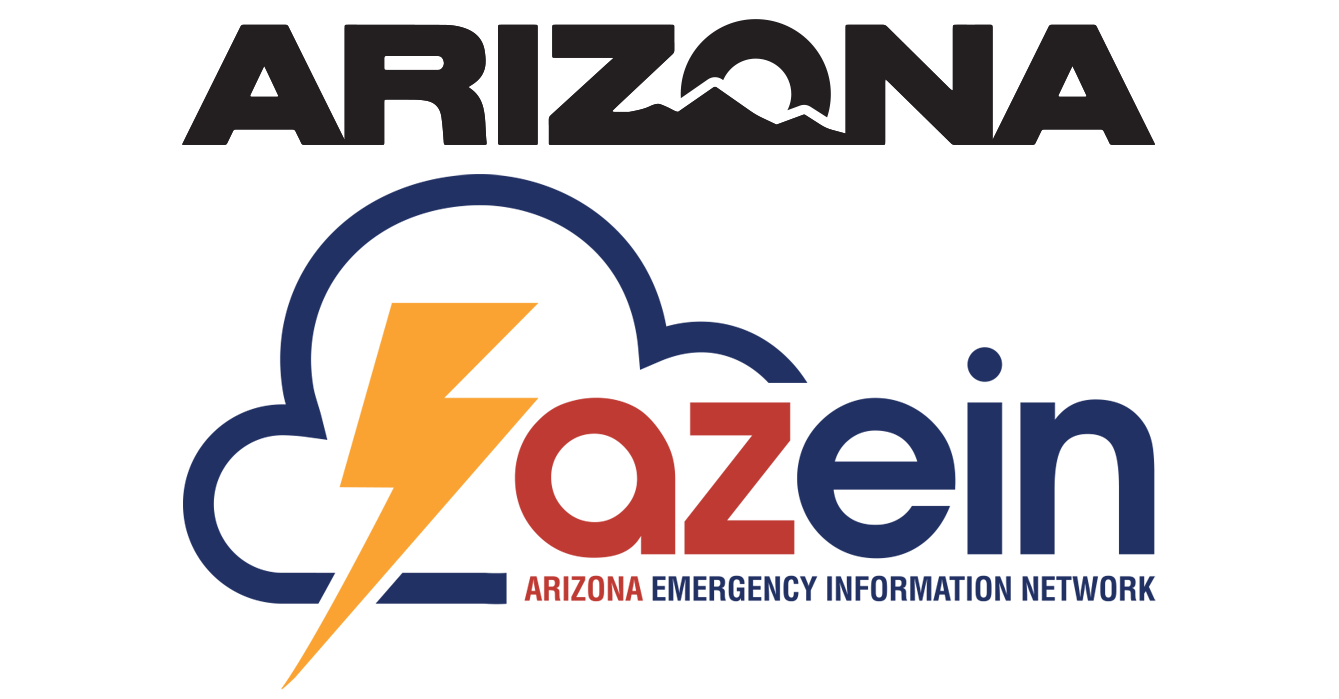Tornadoes
Tornadoes can destroy buildings, flip cars and create deadly flying debris. Tornadoes are violently rotating columns of air that extend from a thunderstorm to the ground. Tornadoes can:
- Happen anytime and anywhere;
- Bring intense winds, more than 200 MPH; and
- Look like funnels.
BEFORE
- Build an emergency go kit and make a family communication plan.
- Listen to NOAA Weather Radio or to commercial radio or television newscasts for the latest information. In any emergency, always listen to the instructions given by local emergency management officials.
- Sign up for alerts from your local National Weather Service branch and follow them on social media.
- Know the signs of a tornado, including a rotating, funnel-shaped cloud; an approaching cloud of debris; or a loud roar—similar to a freight train.
- Identify and practice going to a safe shelter in the event of high winds, a small, interior, windowless room on the lowest level of a sturdy building can offer protection.
- Familiarize yourself with these terms to help identify a tornado hazard:
- Tornado Watch—Tornadoes are possible. Remain alert for approaching storms. Watch the sky and stay tuned to NOAA Weather Radio, commercial radio or television for information.
- Tornado Warning—A tornado has been sighted or indicated by weather radar. Take shelter immediately.
Read More
DURING
- Immediately go to a safe location.
- If you aren’t close to the sheltering location that you’ve identified in your home, look for the closest sturdy building and go to an interior room on the lowest level, if possible.
- Take additional cover by shielding your head and neck with your arms and putting materials such as furniture and blankets around you.
- Listen to EAS, NOAA Weather Radio, or local alerting systems for current emergency information and instructions.
- Do not try to outrun a tornado in a vehicle.
- If you are in a car or outdoors and cannot get to a building, cover your head and neck with your arms and cover your body with a coat or blanket, if possible.
Read More
AFTER
- Stay tuned to and local authorities and NOAA Weather Radio for updated information.
- If you are trapped, cover your mouth with a cloth or mask to avoid breathing dust. Try to send a text, bang on a pipe or wall, or use a whistle instead of shouting.
- Stay clear of fallen power lines or broken utility lines. Report these hazards to the appropriate authorities.
- Do not enter damaged buildings until you are told that they are safe.
- Save your phone calls for emergencies. Phone systems are often down or busy after a disaster. Use text messaging or social media to communicate with family and friends.
- Be careful during clean-up. Wear thick-soled shoes, long pants, and work gloves.
- Do not go into damaged areas unless assistance has been requested. Your presence could hamper relief efforts and you could endanger yourself.
Read More
RESOURCES
- Tornado Information Sheet (PDF)
- Tornado Playbook (PDF)
- Prepare Your Organization for a Tornado Playbook (PDF)
- Taking Shelter from the Storm: Building a Safe Room Inside Your House (PDF)
- How to Guides to Protect Your Property or Business from High Winds
- American Red Cross
- Arizona Weather Dashboard
- National Weather Service
Read More
(source: Ready.gov)

